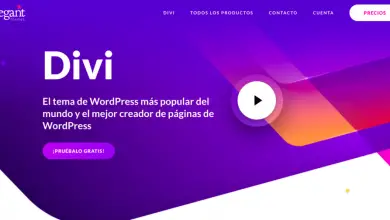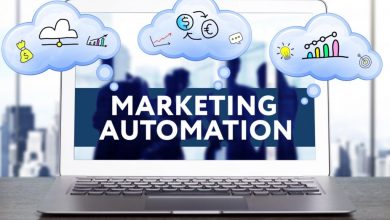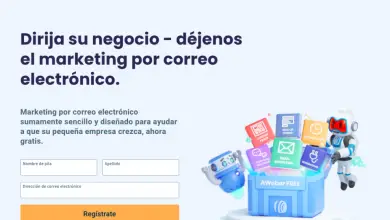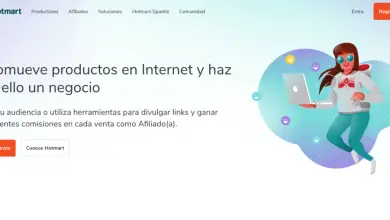How to Create an Email Marketing Campaign
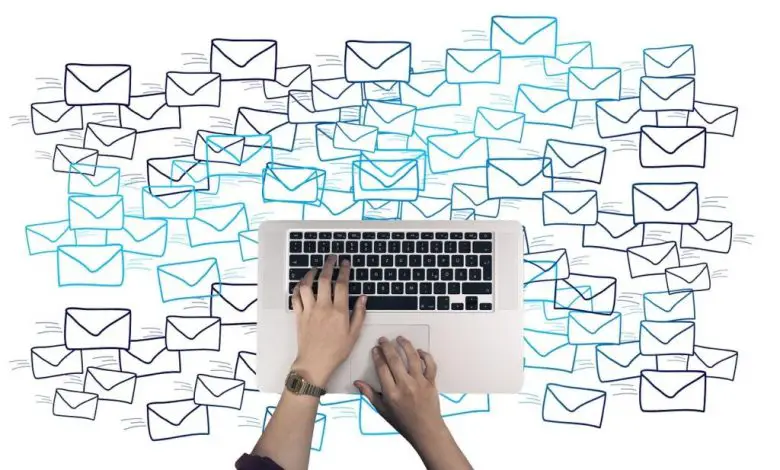
In this article you will learn how to create an email marketing campaign step by step and how you can create a good strategy and a good design to start.
Email marketing has not lost its power over the years. The reason? Simple:
With email marketing, you can reach your target audience's inbox hundreds of times to deliver value!
In today's market, companies use the email marketing to attract, engage, nurture and ultimately convert leads. But: which companies are doing this? ...
Almost all!
From the world's largest companies to freelancers, they are benefiting from the inclusion of email marketing in their digital marketing strategy.
So if you are trying to learn how to create an email marketing campaign and start to profit from the practice, these 7 steps will help you get started in the right direction.
Let's start!
Step # 1: Determine Your Goals
Do you prefer audiovisual content? Here is a short and simple video on how to create your first email marketing campaign (perfect if you are a beginner)
It happens to many of us that: When an idea comes to our mind, we can't wait to run away and put it into practice. But if this happens to you, you should calm down a bit! To be successful with your email marketing campaign, you need to take a step back and think about what you're trying to accomplish.
For example:
If your website is making money from impressions from Classified, you are probably trying to generate web traffic. Your emails will likely contain links to popular or recent content on your site.
It's also possible that you already have an established business and are just trying to generate sales. In this case, your emails can link to bestsellers, promote new products, welcome new members, or reward loyal followers.
Be clear about your goal from the start
If you are looking to draw attention to a cause, you can send a bulletin by information with human interest stories, current events, details of community activities or donation requests.
Understanding the objectives of your email marketing campaign will guide you when writing your emails.
Step # 2: Choose a platform
There are several ways to plan and create your email marketing campaigns. If your needs are simple enough, your CRM (Customer Relationship Management) can provide Email Marketing functions tailored to your needs ...

However, if you are looking to create standalone email marketing campaigns with email triggers and autoresponders, you will probably want a dedicated email marketing service provider.
Two of the main platforms in the sector are: GetResponse et AWeber. But the market is extremely large when it comes to platforms of this type. From free programs to other paid ones with more features.
8 free email marketing platforms
Do you want to create your first email marketing campaigns for free? ...
Read our article with 8 free email marketing tools.
Here's a video with some of the best tools (free and paid) for building your first email marketing campaign:
Step 3: Create and segment a list
Your broadcast list may have modest roots with only a few subscribers, but prospects are prospects ...
It's tempting to buy email and send cold emails (well, it works for some people), these ads are called Ads Only. But the best option is to build your own contact list from scratch.
Consolidate your contacts before you start
The basic identifiers of a person's digital existence are their name and email address. If you are browsing your database and come across some very old email addresses, fair warning: emails tend to go bad.
People change email addresses when they change jobs, webmail providers, adopt a different username, or just change email addresses, but don't worry about that now.
While your campaign is running, you can track unresponsive email addresses and remove them from your list.
Where to look to gather contacts? ...
Here are some ideas:
Existing mailing lists
Of course, if this isn't your first experience with email marketing, take advantage of your previous list building efforts.
Mail accounts
Naturally, the first place you might look would be your current and previous email accounts. Webmail accounts in particular allow you to easily export your contacts, usually in CSV format.
CRM
If you use a CRM (and take steps to keep the data clean), you'll have a wealth of contact information here. If it is a well-known CRM, it is very likely that your Email Marketing service provider has already integrated into it. Alternatively, you can export your contacts to a CSV file.
Contact management system
Contact manager apps can be synced with your email, phone, and social networks, so you can get most of your contacts in one go. (However, your CRM may have already replaced this.)
E-commerce platform
Check your online store to see if you have current and past customers. Different platforms have different methods of exporting customers: depending on the solution, you may be able to export your purchase orders, email addresses, and other relevant information.
Check if your email marketing solution integrates with your e-commerce platform.
You probably have more contacts than you think. Of course, the more perspectives the better. Instead of buying a mailing list, it could be full of expired addresses anyway. In the next section, we'll look at some tips on how to grow your email list.
Create and develop a list from scratch
Even after exploring your contact databases, your mailing list may be empty.
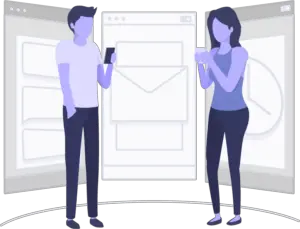
Don't worry, there are ways to build a contact database from scratch. It'll take a bit of work, but the good news is that your list will likely be more up-to-date, with more relevant leads, than if you were looking for addresses in an old database.
Attract visitors with engaging content
Generating organic traffic through inbound marketing (i.e. creating content that is relevant to your target audience and promoting it) is a slow but reliable way to build an email list. Best of all, these self-selected subscribers are more likely to be interested in your email campaigns.
Offers relevant and private assets
This works especially well for B2B (Business to Business) email campaigns.
If your company produces a technical report, case study, research report, etc., you can make it available for free in exchange for an email address. You can collect throwaway accounts, but there will be a lot of working emails out there.
Facilitates subscription
Put a good call to action at the bottom of a landing page custom will generate conversions, especially if the visitor is from a targeted ad or promoted content.
Offers guarantees against spam
People are more likely to subscribe to your newsletter, promotions, fundraisers, etc., if you assure them that you won't flood their inbox. If you give subscribers the option to choose their level of participation (daily, weekly, bi-weekly, monthly), make sure you stick to it.
Offer subscription promotions
For example, new subscribers get a 15% discount on their next purchase and free shipping. Choose any promotion you want. It's a great way to build your list and generate sales.
Use a Facebook call to action button
Facebook allows your business profile to contain a call-to-action button that you can customize to allow potential customers to subscribe to your mailing list. It will appear at the top of your business profile page next to the Like button.
Another reason why you need a neat presence on social networks!
Tweet about the benefits of your mailing list
Promote the above (closed content and promotions) or just the virtues of being on your mailing list.
For example, you can set up an automation using a social media management platform (like Hootsuite) so that new subscribers receive a direct message with a subscription link.
Include a subscription link in your email signature
There are dos and don'ts for email signatures, but you can find a way to include a subscription link. You probably won't rack up a lot of followers this way, but every detail counts.
Segment your mailing list
Segmentation of your mailing list allows you to send highly targeted emails to people based on their interests or demographics. If it concerns them, they are more likely to open it; If they open it, they may become subscribers, buyers, etc.
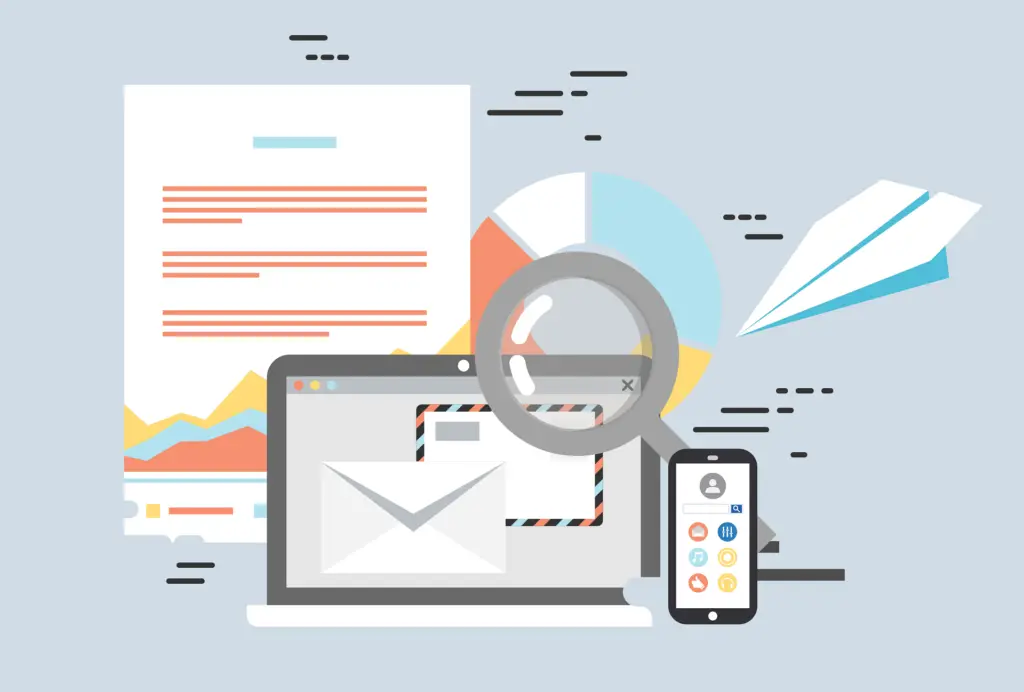
Depending on your product or service, there are several data points that you can consider when segmenting your audience. These include:
Geography
The physical location of recipients by country, region, state or city. This can help you customize specific content for certain locations or accommodate time zone differences.
Demographic data
Demographic criteria include age, gender, language, background, title, or any other information specific to a person.
Previous purchases
Quite a useful option for e-commerce retailers in particular. This can provide information on the dynamic content of an email or the nature of promotions tailored to the interests of recipients.
Amount spent
This is useful for encouraging customers to hit a profit threshold or rewarding loyal customers with a discount.
Position in the sales funnel
The best known example is the abandoned cart. However, you can send personalized emails at any point in the buyer's journey to propel them further down the conversion funnel.
Time since last purchase
Pick up old customers before they get cold. Offer them incentives to come back, announce new products, or preview upcoming sales.
Expressed interests
Send relevant content to the most interested parties based on the interests they have confirmed by signing up to your mailing list.
Interaction with email
Customers who choose to receive emails no more than, say, twice a month may receive abbreviated bi-weekly newsletters in their inbox with the top topics for that period.
Step 4: Create a campaign and email
Creating a campaign is quite easy on an Email Marketing platform. Usually there will be a page for campaigns or something similar. Depending on the provider, you will have a series of steps between this point and sending the email.
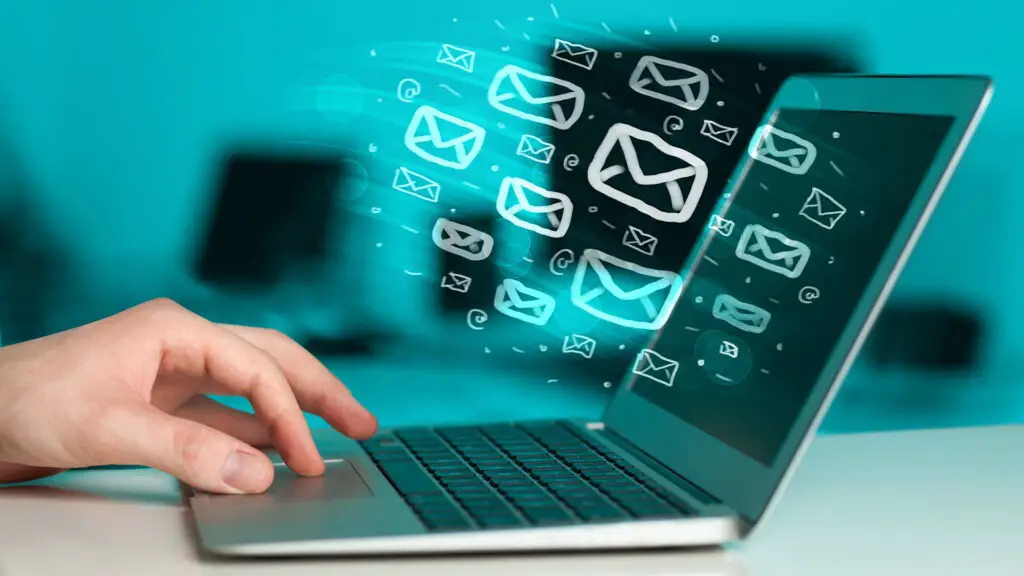
You may need to choose recipients or a targeting option. At some point you will have to choose your model, this is where your creative skills can start to flow.
Create the header or title of the first email
Your header is where you put the information people see when they receive the email in their inbox.
While the header has the least content, it may be the most important - it's what recipients will use to decide whether or not to open your email. Your header consists of 3 parts:
1.- Name of the sender
People respond best when emails come from a personalized account.
Instead of using your business name, which is impersonal, use a name that refers to the actual sender.
2.- Subject line
Your subject line needs a hook. He must be short, personal and action-oriented. Of course, the specificity will depend on your objectives and the nature of the email: you send a promotional offer, draw attention to a cause…? Determine what you are writing. Think of something like:
"[Name], claim your unique promo code with a 15% discount!"
"Increase the efficiency of your commercial sales in 3 steps"
See how they are personalized. It's deliberate: people react positively to seeing your name.
3.- Pre-header
The pre-header is the advertising text that appears below the subject line in the inbox preview.
You can display the pre-header as an extension of the subject line or include a call to action; However, keep in mind that different mobile devices and email clients allow different text limits for the previous headers.
Fill in the body of the mail
Getting your recipients to open the email is the first hurdle, but it doesn't end there. The next step is to get them to click on one of the links on your page. You will need a combination of effective visual and textual presentation. Here are some tips to help you:
Talk about the interests of your followers
Focus on telling your followers what they need. Speak their language, address their weak points, show them authenticity.

